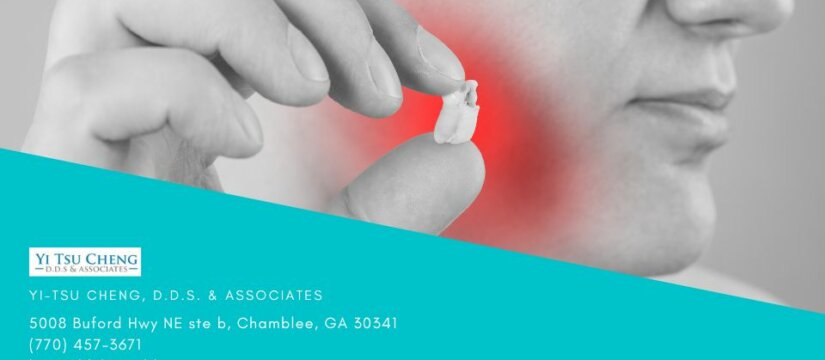
Wisdom teeth extraction is a common and generally safe oral surgery. However, while it is considered a safe and routine procedure, there is a risk of infection following a wisdom teeth extraction due to improper care and hygiene. This article will explain how to prevent and treat infection after a wisdom tooth extraction, including symptoms, causes, diagnosis, and prevention.
A wisdom tooth extraction is a common procedure to remove the third set of molars located at the back of the mouth. While normally it is safe, there is a risk of an infection developing following the extraction process. It is important for patients to practice proper oral hygiene before and after the extraction in order to reduce the risk of infection.
Symptoms of an Infected Extraction Site
The most common symptoms of an infected extraction site include swelling and soreness, bad taste/odor in the mouth, pus coming from the extraction site, pain that worsens, and fever. If the infection is left untreated, it can lead to health issues such as infections in other parts of the body including the brain, heart, and joints.
Causes of an Infected Extraction Site
The most common cause of an infected extraction site is poor oral hygiene leading to a buildup of bacteria. This can also be caused by improper care or neglect of the extraction site, such as not taking appropriate measures to reduce the risk of infection.
Diagnosis and Treatment
A dentist can diagnose an infection by performing a physical examination and assessing the symptoms. If an infection is present, the dentist may recommend antibiotics to treat it. It is important to follow the recommended course of treatment in order for the infection to clear up.
Prevention of Infection
Practicing proper oral hygiene before and after a wisdom tooth extraction is key in reducing the risk of infection. It is important to follow the dentist’s instructions for proper care of the extraction site. This includes avoiding touching or probing the site and cleaning it twice daily with antibacterial mouthwash or plain warm salt water.
The best way to prevent infection following a wisdom tooth extraction is by practicing proper oral hygiene. This can help reduce the risk of infection and ensure that any potential infection is caught and treated early. By following the dentist’s instructions for care of the extraction site and watching for signs of infection, such as swelling, soreness, bad taste/odor in the mouth, pus coming from the extraction site, pain that worsens, and fever, any infection can be identified and treated quickly.
DISCLAIMER: The advice offered is intended to be informational only and generic. It does not offer a definitive diagnosis or specific treatment recommendations for your situation. Any advice provided is no substitute for proper evaluation and care by a qualified dentist.
